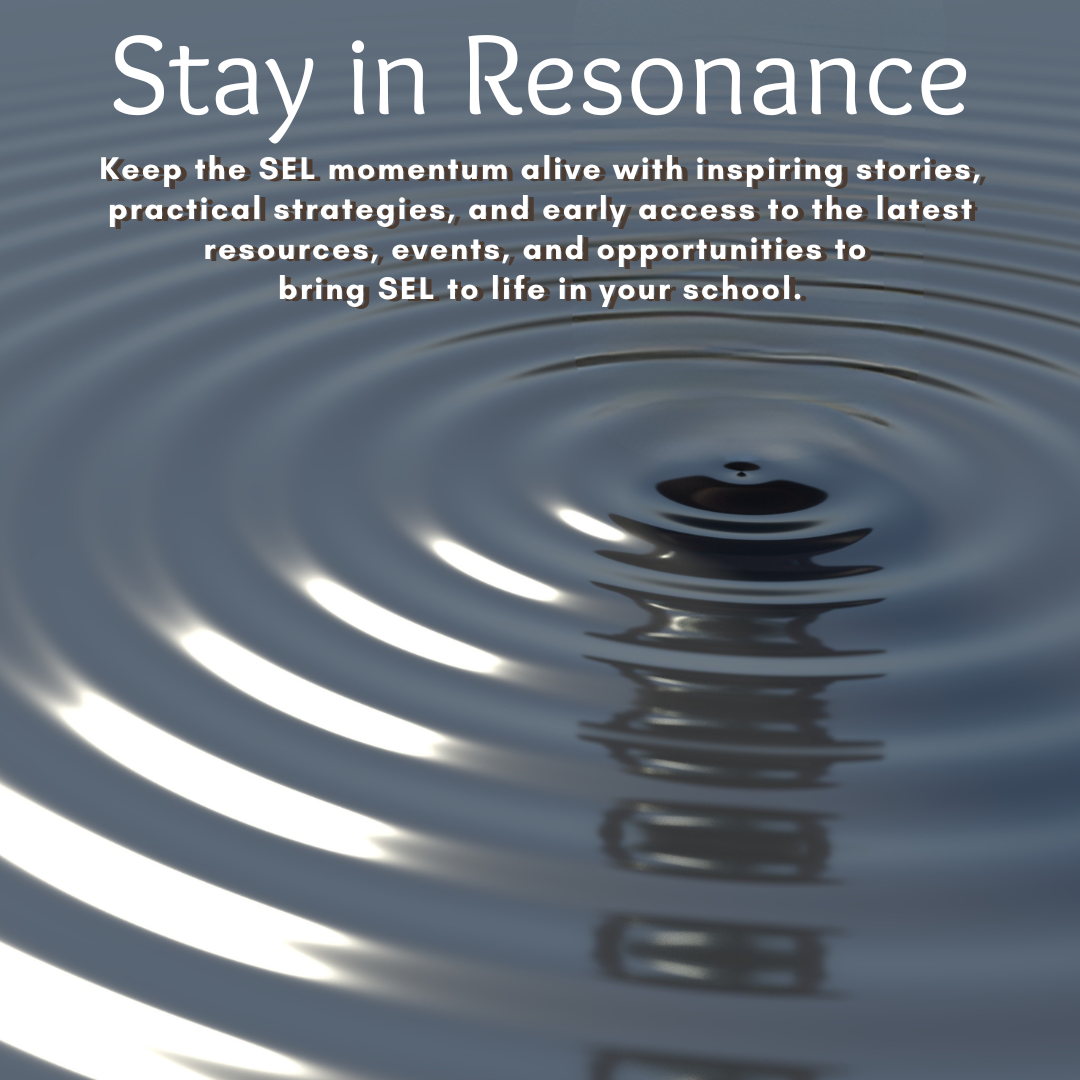016: Cooking Up Clarity: A Taste of SEL at My Dinner Table
Mar 10, 2022
I often picture the five SEL competencies—self-awareness, self-management, social awareness, relationship skills, and responsible decision-making—as individual continuums. Throughout the day, I mentally check in with myself: Where am I right now on each one? What’s influencing that? No matter how much we know or practice, being our “best selves” isn’t always possible. Life has a way of catching us off guard.
Those who know me well are aware of two things: I’m the oldest of four siblings, and I don’t enjoy cooking—at all. Growing up, dinner was simple: one meal for everyone. If you didn’t like it, you didn’t eat. That was our family norm.
A few years ago, I made shrimp scampi for our family of five—a big deal for someone who doesn’t like cooking. I even cooked chicken for the two boys who don’t eat seafood. Feeling proud, I mentioned the special dinner to my husband during a call earlier that day.
When he walked through the door at 5:00 PM, he placed a store-bought container of chili on the table. I felt something—maybe irritability—rise within me. I tamped it down, unwilling to explore it just yet.
Fifteen minutes into dinner, one of the boys wasn’t eating. Without missing a beat, my husband offered to make him a sincronizada (a kind of ham and cheese melt). And that’s when my emotions surged. I didn’t say anything at the moment, but I felt an intense mix of anger, hurt, and confusion.
Why did chili and a ham-and-cheese quesadilla stir up such a visceral response?
Here’s what I know about myself: I often feel emotions in my body before I can process or name them. I need time to sort through them before I respond. Over the weekend, I gave myself that time—and what surfaced was revealing.
My frustration was rooted in feeling unseen. I had made a rare effort to prepare a special meal, and his actions seemed to dismiss that. But I saw something different when I stepped back and reframed the situation.
In my upbringing, food was a “take it or leave it” experience. In his, meals were abundant and accommodating—as common in Italian families, his mom often made multiple types of meat, pasta, and six vegetable dishes. His offer to make something else wasn’t a slight. It was love, expressed the way he knew it.
That shift in perspective turned a moment of emotional confusion into a deeper understanding of our different cultural blueprints.
These moments of mismatch aren’t limited to our homes—they happen in our schools, classrooms, and communities every day.
Here’s what I learned:
- Pause before reacting. Let yourself settle into the space between emotion and response.
- Separate emotion from feeling. Ask yourself: What am I physically experiencing? What am I interpreting this to mean?
- Seek perspective through conversation. Clear communication builds bridges between lived experiences.
When we talk about SEL in education, we often focus on students. But students absorb just as much—if not more—by watching us. How we manage discomfort, difference, and misunderstanding becomes the model they follow.
SEL isn’t a lesson we teach once. It’s a practice we live in, one mismatched meal at a time.


